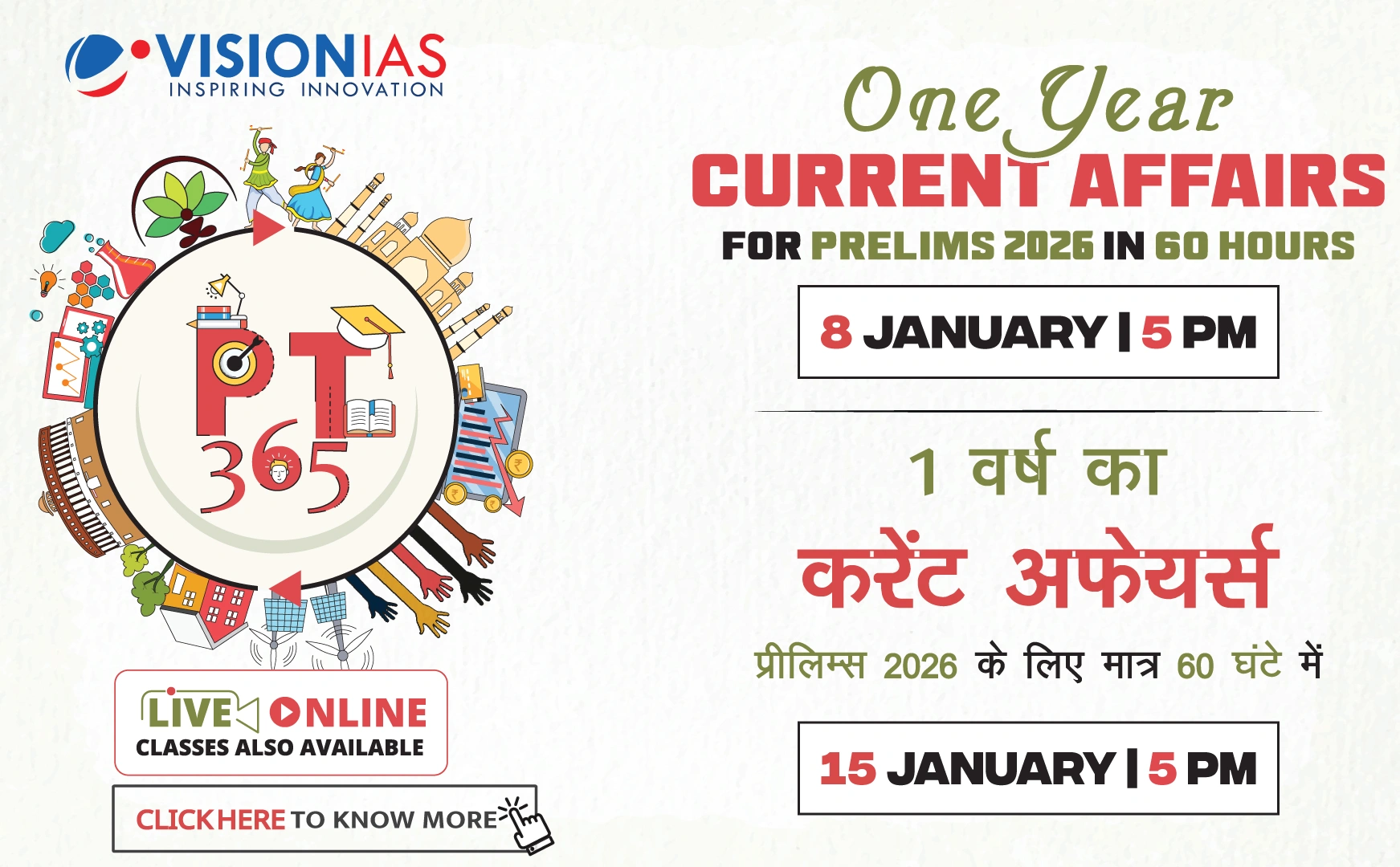Comprehensive Ethnographic Study of Denotified, Semi-Nomadic, and Nomadic Tribes
The Anthropological Survey of India (AnSI) alongside Tribal Research Institutes (TRIs) conducted an extensive ethnographic study over three years, categorizing 268 denotified, semi-nomadic, and nomadic tribes. This study, being one of the largest of its kind, was commissioned by a NITI Aayog panel.
Key Recommendations and Findings
- Inclusion in Caste Lists:
- 179 communities recommended for inclusion in Scheduled Castes, Scheduled Tribes, and Other Backward Classes lists across 26 states and union territories.
- 85 recommended as fresh additions, categorized as follows:
- 46 communities for Other Backward Classes (OBC) status.
- 29 communities for Scheduled Castes (SC) status.
- 10 communities for Scheduled Tribe (ST) status.
- Uttar Pradesh had the highest number of fresh additions with 19 communities.
- Correction of Categorization:
- Correction recommended for nine communities with partial categorization across state or central lists.
- Communities Not Traceable:
- 63 communities (over 20%) not traceable, possibly due to assimilation, name changes, or migration.
Report and Approval Process
- Report pending with the NITI Aayog panel for scrutiny.
- Recommendations for caste list additions could influence population numbers and quota percentages amidst census uncertainties.
- Government Approval Process:
- Inclusion/exclusion proposals must originate from state/union territory governments.
- Approvals needed from the Office of the Registrar General of India and respective National Commissions (SC, ST, OBC) before legislation.
Challenges and Future Considerations
- Debate on the premise of classifying DNTs, NTs, and SNTs as SC, ST, and OBC due to additional discrimination layers.
- Discussion on creating a separate quota category or sub-quota for these communities.
- Socio-economic assessments led to no reservation recommendations for some DNT, NT, SNT communities.
Study Background
- Initiated by AnSI in February 2020, concluding in August 2022.
- Involved fieldwork, community engagement, and literature review.
- Challenging fieldwork with some communities remaining elusive.



